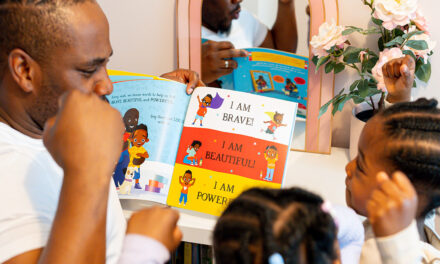The controversy around Black people’s hair stems from deep-rooted societal and cultural biases that have perpetuated discriminatory attitudes and practices. Historically, Eurocentric standards of beauty have dominated mainstream media and society, which often value straight or loosely curled hair as the ideal, while Black hair textures, such as tightly coiled or kinky hair, have been stigmatised and viewed as less desirable.
This bias has led to various forms of discrimination, including workplace policies and practices that target natural Black hairstyles. For instance, policies that explicitly or implicitly ban or discourage hairstyles like afros, braids, twists, and dreadlocks disproportionately affect Black individuals. Such policies perpetuate racial stereotypes, suggesting that natural Black hair is unprofessional, unkempt, or inappropriate.
Additionally, Black individuals have faced challenges in educational institutions where discriminatory rules or practices targeting their hair have been enforced. Instances have occurred where Black students have been subjected to disciplinary actions or even denied participation in events due to their natural hairstyles.
This controversy has led to widespread advocacy and efforts to challenge and dismantle these biases and discriminatory practices. Many individuals and organizations have worked towards promoting inclusivity and raising awareness about the beauty and versatility of Black hair. They emphasize the importance of embracing diverse hair textures and dismantling harmful stereotypes associated with Black hairstyles.
It’s crucial to recognize that Black hair is an essential part of cultural identity and self-expression for many individuals. By understanding and appreciating the diversity of hairstyles and textures, we can contribute to a more inclusive and equitable society.
Black people’s hair generally has unique characteristics and can grow differently compared to other hair types. Here are some key aspects:
1. Hair Texture: Black hair tends to have a tightly coiled or kinky texture. The natural shape of the hair follicle produces a curved or helix-like structure, resulting in the characteristic curl pattern. This texture makes Black hair more prone to tangling and shrinkage.
2. Growth Rate: While there is no significant difference in the actual rate of hair growth among different ethnicities, the perception of growth can vary due to factors such as hair density and shrinkage. The tightly coiled nature of Black hair can make it appear to grow at a slower rate because the length is not immediately evident due to the curl pattern.
3. Fragility and Breakage: Black hair is generally more fragile and prone to breakage compared to other hair types. This is partly due to the structural characteristics of the hair, such as the bends and curves, which make it more susceptible to damage from manipulation, heat, and chemical treatments. Proper hair care practices, such as gentle handling, moisturizing, and protective styling, are essential to maintain its health and length.
4. Versatility and Styling Options: Black hair offers a wide range of styling options due to its versatility. It can be worn naturally in various styles like afros, braids, twists, locs, and cornrows. Additionally, Black individuals often engage in protective styling techniques to minimize manipulation and promote hair growth.
Understanding the unique characteristics of Black hair is crucial in promoting inclusive and informed conversations about hair care, styling, and representation. It’s important to respect and appreciate the diversity of hair textures and celebrate the beauty of all hair types.












